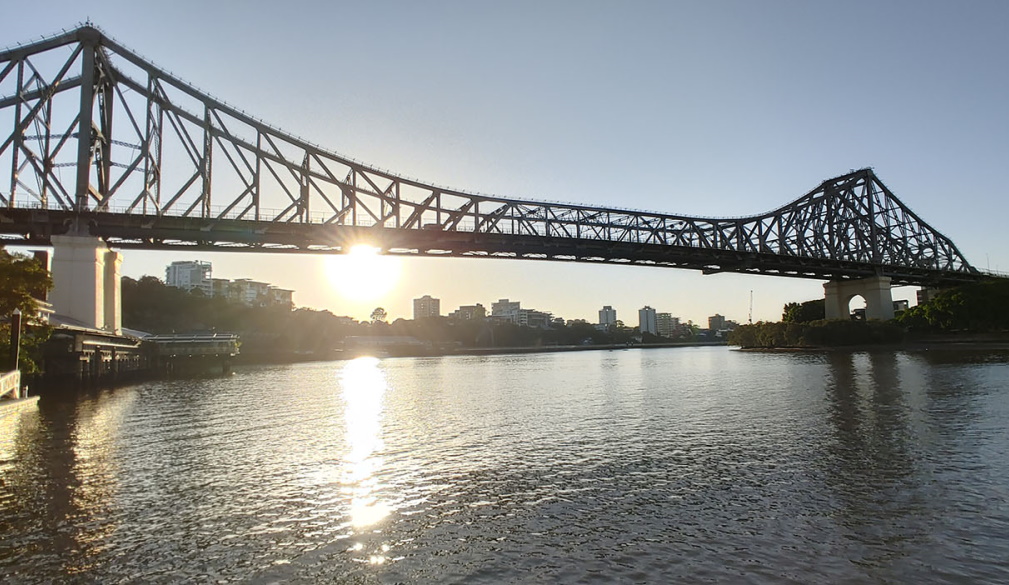Rates will never be enough – councils need the power to raise money in other ways
- Written by Guy C. Charlton, Adjunct Associate Professor at Auckland University of Technology and Associate Professor, University of New England

You might have recently received voting papers for your local body elections. Going by our historically low participation rates[1], many of those envelopes will remain unopened.
This is a shame, because New Zealand’s local authorities face major financial challenges that affect nearly everyone. Only by increasing democratic engagement and giving ratepayers more reason to vote will real change happen.
Local Government New Zealand recently estimated an extra NZ$11 billion is needed[2] over the next seven years to meet unexpected cost increases. The credit rating agency S&P Global has downgraded 18 councils and three council-controlled organisations, and given negative outlooks to three more councils.
The auditor-general reported[3] in February that inflation has driven up the costs of construction, insurance and debt servicing. This is putting pressure on operational expenses and capital improvements at the same time as demand for council services is increasing.
The central government problem
Central government supports councils primarily through grants, subsidies, shared revenue (such as from road taxes) and development contributions. But its main response to the financial stress now being felt has been to urge local governments to focus on “core tasks”, not “pet” and “vanity” projects.
To that end, the government has introduced annual council benchmark reports that will compare rates, debt levels, capital spending breakdowns and road conditions. It is also amending in the Local Government Act[4] to remove references to the social, economic, environmental and cultural wellbeing of communities.
It also wants to encourage inter-council cooperation with its Regional Deals Strategic Framework[5] and streamline resource management requirements that it believes hinder economic development.
It is unlikely these measures will be enough. Government contributions to councils have averaged around 10% of local government operating income[6] since 2000, not enough to meet increasing legal and infrastructure costs.
Other OECD countries transfer significantly higher proportions of central taxes[7] to local governments. In New Zealand, this might include central government reimbursing taxes and other revenues it captures due to local government activity (such the GST on rates).
The government could also pick up local costs that have national benefits, such as water and wastewater capacity at prime international tourism destinations. But more fundamental reform is needed.
Rates aren’t enough
At the moment, councils generate about 80% of their income from general and targeted rates, with the rest coming from things such as parking fines, amenities fees and investment interest.
This heavy reliance of rates is clearly inadequate to pay for local operational and infrastructure costs. This is despite recent court decisions giving councils more leeway to set, raise and target rates.
But to really make a difference, councils must also be given the legal authority to raise additional revenue themselves. This could include excise taxes on petrol and visitor accommodation, sales taxes and stamp duties.
As the recently repealed Auckland regional fuel tax demonstrated, excise taxes can be an effective way to raise funds for specific activities. The roughly $780 million it raised helped pay for the Eastern Busway ($272 million) and new commuter train cars ($330 million).
Room or lodging levies on overnight stays in hotels, motels, campgrounds, Airbnb and other short-term visitor rentals can help mitigate the impacts of tourism on local infrastructure and services.
In the Queenstown Lakes district, for example, a 5% levy on the estimated $413 million spent on accommodation in 2023 would generate $210 million over ten years, about 30% of the $756 million cost attributed to tourism[9].
Councils could also add a small extra levy on GST in their regions, a common practice in many large American cities and counties. Or they could apply a stamp duty on things like real estate transactions as Australia does.
Stamp duties might be a political non-starter in New Zealand. But what are known as “tax incremental districts” could be an effective way of offsetting the infrastructure and public facilities costs of new developments or economic revitalisation projects.
These schemes work by applying incremental increases in rates during the private development of an area. Done properly, they can be useful in brownfield redevelopment sites, as well as speeding up housing developments on city fringes.
Reinvigorating local democracy
New taxes are rarely popular, and selling the idea of local governments levying other sources of revenue to already stretched ratepayers will be difficult. But infrastructure and other costs cannot simply be ignored and passed down to future generations.
On top of more funding from central government, local authorities need the flexibility to creatively address their financial and infrastructure needs. The decision on whether and how they do this ultimately resides with ratepayers and electors.
Having more authority would also create more accountability in local government, reinvigorate local democracy and encourage overall policy innovation.
Without greater funding authority and fewer constraints on their activities, elected community representatives risk becoming mere administrators of central government policy rather than truly reflecting and shaping their electorates.
The author thanks Avi Charlton Diesch, a post-graduate student in finance at the University of Hong Kong, for his help with the preparation of this article.
References
- ^ historically low participation rates (www.lgnz.co.nz)
- ^ extra NZ$11 billion is needed (d1pepq1a2249p5.cloudfront.net)
- ^ auditor-general reported (oag.parliament.nz)
- ^ amending in the Local Government Act (www.beehive.govt.nz)
- ^ Regional Deals Strategic Framework (www.beehive.govt.nz)
- ^ local government operating income (d1pepq1a2249p5.cloudfront.net)
- ^ transfer significantly higher proportions of central taxes (www.treasury.govt.nz)
- ^ Getty Images (www.gettyimages.co.nz)
- ^ attributed to tourism (lwb.co.nz)




















